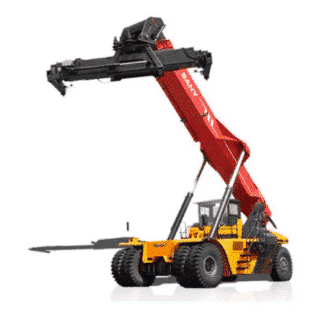The conveyor belt material you choose is crucial to ensure optimum performance and durability in a given environment. Your choice will depend on your specific application, working environment, the nature of the materials transported, and economic constraints. The materials used for conveyor belts vary widely, and each offers distinct advantages and limitations.
Rubber is one of the most commonly used materials for conveyor belts, thanks to its versatility and durability. It resists abrasions, cuts, and tears, making it ideal for transporting heavy or sharp materials. Rubber can also be formulated to withstand extreme temperatures, chemicals, and oils, making it suitable for industries such as mining, construction, and waste treatment.
PVC (polyvinyl chloride) is another material frequently used for conveyor belts, particularly in the food industry, where hygiene is a major concern. PVC belts are easy to clean and resistant to chemicals and moisture. They are also less expensive than other materials, making them an economical choice for many applications.
Polyurethane (PU) is preferred for applications where durability and flexibility are required. It is particularly resistant to wear, cuts, oil and grease. PU belts are often used in the food and pharmaceutical industries and in the processing of bulk materials where contamination must be avoided.
Fabrics such as nylon, polyester, and cotton are also used to manufacture conveyor belts. These materials offer good tensile strength and are suitable for transporting light to medium loads. Fabric belts are often used in the paper, printing, and textile industries.
Metals, such as steel or stainless steel, are used in applications requiring high resistance to heat or corrosion. They are often used in foundries, industrial bakeries, or for transporting hot materials.
Composite materials such as glass- or Kevlar-reinforced belts, are used in applications requiring exceptional tensile strength and low elongation. These lightweight belts can withstand very heavy loads, making them ideal for the aerospace industry.









